The Northern War: the situation of prisoners in Sweden and Russia
In previous articles ("Poltava accident of the army of Charles XII" и "The surrender of the Swedish army at Perevolochnaya") was told about the events of 1709, the Battle of Poltava and the surrender of the Swedish army at Perevolnaya, the result of which was the capture of about 23 thousand "carolins". They were not the first Swedish prisoners of war of the Northern War. The Swedes themselves believed that by 1706, 3300 soldiers and officers were already in Russian captivity. They did not take into account people of other nationalities, meanwhile, only after the victory of Sheremetev at Gummelsgof (1702) several thousand Livlans (with non-combatants) were captured.
The situation of prisoners of war in Russia and Sweden
Both Russian and Swedish historians sometimes write about the "unbearable conditions" in which prisoners of war of their countries were held. And those, and others, of course, rely on some kind of documents.
In Stockholm, for example, it was only in 1707 that two works were published denouncing the "cruelty of the Russians." The first of these was “A truthful account of the non-Christian and cruel treatment of Muscovites in relation to captured high and junior officers, servants and subjects of His Majesty the King of Sweden, as well as their wives and children.” The second - “An excerpt from a letter sent from Shtenau on July 20, 1707, about the terrifying acts of Muscovite Kalmyks and Cossacks.”
On the other hand, F. Golitsyn, who conducted unsuccessful negotiations on the exchange of prisoners, wrote to A. Matveev in November 1703:
After the Battle of Poltava, Charles XII, knowing that there were many captured Swedes in Russia, wrote to the Riksdag from Bender:
He did not even think about the fact that the Russian authorities could take retaliatory measures.
The incident that occurred at the famous feast of Peter the Great on the day of the Poltava battle is indicative. Having drunk for the "teachers", the tsar promised them that they would treat the Swedish prisoners "with dignity." And then Ludwig von Allart (Hallart), who himself fell into Swedish captivity after Narva, could not stand it: he suddenly attacked the Swedes with reproaches for the ill-treatment of Russian prisoners of war in Stockholm, including himself. This is how the person “got sick”: the tsar had to reassure him, and Menshikov apologized for him. And Hallart is not a corporal or even a captain, but a lieutenant general, and not a “Moscow barbarian”, but a real “European”: a Scottish nobleman who began his service in the Saxon army, as they say, his own on the board. Even if he drank grief from the Swedes, one can imagine the conditions in which ordinary Russian soldiers and even officers were kept.
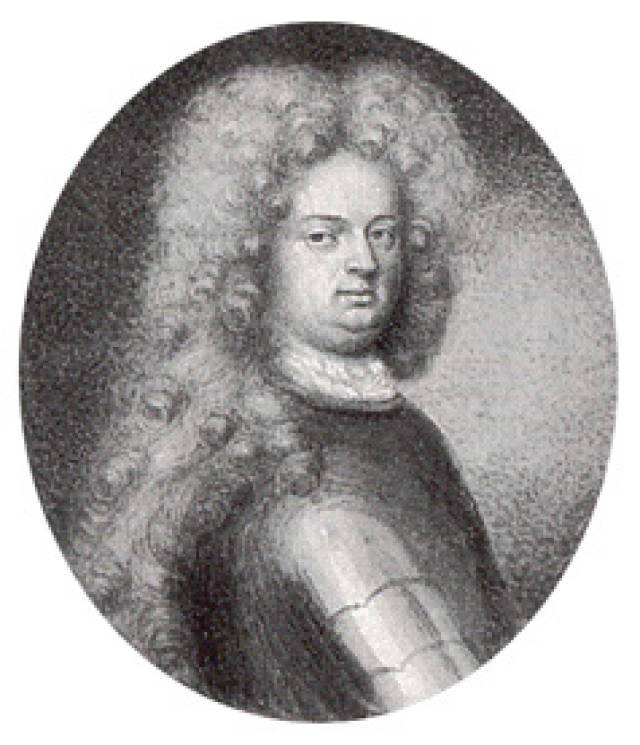
Ludwig Nikolaus von Allart. In the Battle of Narva, he took part as a “foreign specialist”, still being a Saxon general. Until 1705 he was held captive in Sweden, was exchanged for General Arvid Gorn (he also had to pay 4 thousand thalers). In 1706, after the abdication of Augustus of Saxony the Strong from the Polish throne, he joined the Russian army. He was at enmity with Menshikov, because of the intrigues of which he twice resigned
In Sweden, despite the agreement on mutual financing of “feed money” concluded in 1709, Russian prisoners often simply went hungry. This was explained, among other things, by the difficult economic situation of this country, in which at that time most of its own citizens did not eat enough. But this fact cannot serve as an apology, because Russia transferred the money to support its prisoners in full and without delay, and the allocated amounts increased from year to year. For example, in 1709, 9796 rubles were transferred 16 money, in 1710 - 11317 rubles, 23 altyn 2 money, in 1713 - 13338 rubles, in 1714 - 13625 rubles 15 altyn 2 money.
Despite the timely receipt of this money by the Swedish treasury, in 1714, 1715, 1717 and 1718 the “salary” to Russian prisoners was paid incomplete, and some of them did not wait at all.
After returning from captivity, Captenarmus Verigin claimed that he had not received any funds from the Swedes for nine years, Sergeant Malyshev from 1713 to 1721. He received payments only three times: in 1713, 1716, 1719.
But the Swedish authorities did not regularly allocate money for the maintenance of their prisoners of war, which could not but affect their well-being. In full, funds were allocated only for three years - in 1712, 1714, 1715. And in 1716 and 1717 this money was not received from the Swedish treasury at all. As a result, Corporal Brour Rolamb over the years spent in captivity (1709-1721), received from his state 374 thalers instead of 960. The captain Karl Tol, who was captured by Perevolnaya, received 179 thalers 18 era instead of 1000 thalers. Thus, the dependence of the captured Swedes on the content allocated by the Russian treasury was extraordinary, and, in the event of any delay, their position at all became critical. But some found a way out of this situation, having engaged in entrepreneurial activity or the organization of some services (this will be discussed below).
Nevertheless, it is worth recognizing that the position of Swedish prisoners of war in Russia was perhaps less difficult.
So, a very important privilege for them was the permission of correspondence with relatives.
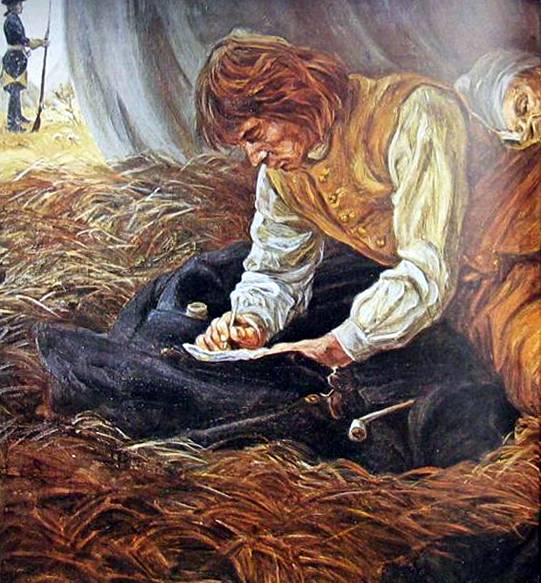
"Letter home." Goransson, illustration from Oberg and Joransson’s book “Caroliner”
And already on October 24 (November 4), 1709, Peter I issued a decree according to which seriously wounded prisoners of war at state expense were to be sent to their homeland. In addition, the wives and children of Swedish prisoners of war were allowed to return home, but only a few took advantage of this opportunity. In 1711, 800 prisoners were sent to Tobolsk, but more than a thousand people arrived in the capital of the Siberian province: the spouses of the officers went with them, anticipating the fate of the Decembrists.
The letter from the Swedish admiral Ankershtern to his “colleague”, the Russian vice admiral Cornelius Krujs, in which he thanked him for his good treatment of the prisoners, is known. And even in the English magazine "The Tatler" ("Chatterbox") admitted that "His Royal Majesty treats his prisoners with exquisite courtesy and reverence" (August 23, 1709).
Much depended on the official status of a prisoner of war, among which, by the way, were not only Swedes, but also Finns, Germans, residents of the Ostseen provinces. And among the captured Swedish sailors fleet also met the British, Dutch and Danes.
Categories of Swedish prisoners in Russia
At that time, prisoners in Russia were divided into three categories: those who lived “on different grounds with private individuals”, who were assigned to state institutions and the army, and who received passports (who enjoyed limited freedom and lived their own labor).
And living conditions were different for everyone. It is impossible to compare the position of the prisoners who participated in the construction of the bastion at the Nagolnaya Tower and the Sretensky Gate of the Moscow Kremlin and Marta Skavronskaya, who began her “court career” as a concubine of the Russian field marshal, continued her metress with the “half-armed” favorite, and ended her life by the Russian empress. The life of the Swedes working on the construction of the Nevsky Prospect (Nevsky Prospect) and the Peter and Paul Fortress, and a certain Schroeder, who planned and arranged the Mikhailovsky Garden in St. Petersburg, was very different.
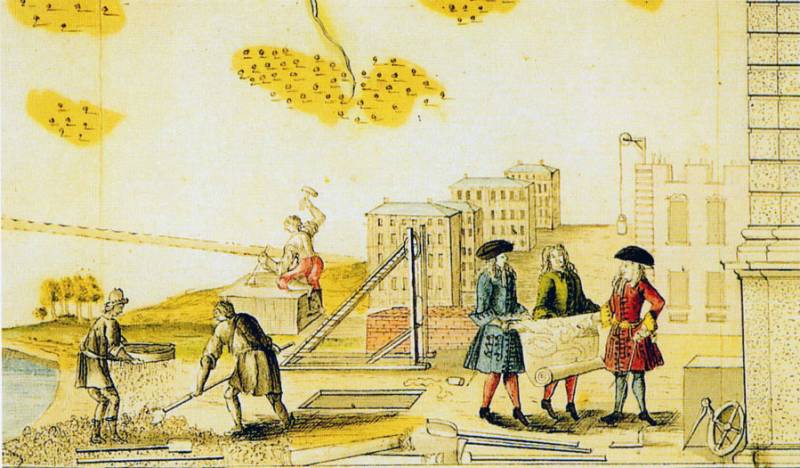
"Swedish prisoners at the construction of St. Petersburg." Drawing by the Swedish prisoner of war Karl Frederic Coyet, 1722
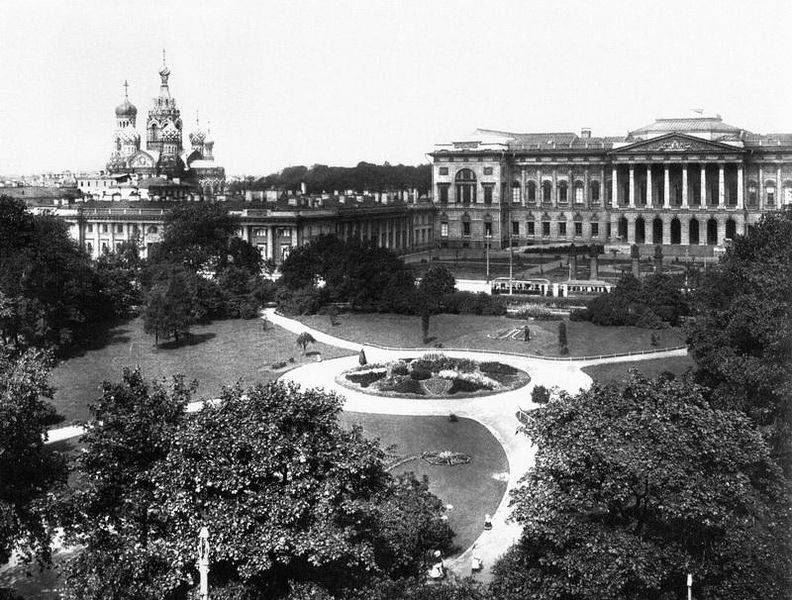
St. Petersburg, Mikhailovsky Garden, photographs of the early twentieth century
The position of the captured officers, of course, was much easier. Just in 1709, the above-mentioned agreement was concluded, according to which the “feed money” allocated to captured officers in Russia and Sweden was equalized (before that, money for their maintenance was transferred irregularly). However, even after the signing of this treaty, Charles XII ordered that only half of the official salary of captured officers be transferred to Russia: the other half was received by his “understudy” - a man who replaced the prisoner with his posts.
As a “day feed” to prisoner lieutenant colonels, majors and provisionmasters in Russia they paid 9 money a day, to captains and lieutenants - 5, non-commissioned officers - 3; orderlies and other lower ranks - 2 dengi (1 kopeck).
The most striking thing is that the families of the Swedish officers were allowed to come to them, in this case they also took on maintenance: wives and children over 10 years old received half the “salary” of this officer, children under 10 years old - 2 kopecks per day.
Is it a lot or a little? Judge for yourself: for half a penny (dengu) you could buy 20 eggs, a ram cost 7-8 cents.
Senior officers were on a special account. So, after Poltava and Perevolochnaya, they were initially distributed among the Russian military leaders. Levengaupt, for example, was determined to stand by the already mentioned General Ludwig von Allart. And Field Marshal Ronschild and the generals Kreutz and Kruse took over B. Sheremetev.
Subsequently, high-ranking prisoners received maintenance in accordance with their ranks and did not feel any special need.
Rear Admiral N. Erenshedd, who was captured after the Gangut battle, received from the Russian treasury the contents corresponding to the salary of the Russian vice admiral (2160 rubles a year), and even products from the royal table, but at the same time complained about a lack of funds and even borrowed 100 rubles from Menshikov. At the end of December 1717, he was convicted of espionage and sent to Moscow. The salary of the Russian vice admiral was kept for him, but they refused the tsar’s table, which made Erenschold quite indignant. Returning to Sweden in February 1722, he nevertheless thanked Peter I in writing for "the mercy and goodness that your royal majesty showed me when I was in captivity."
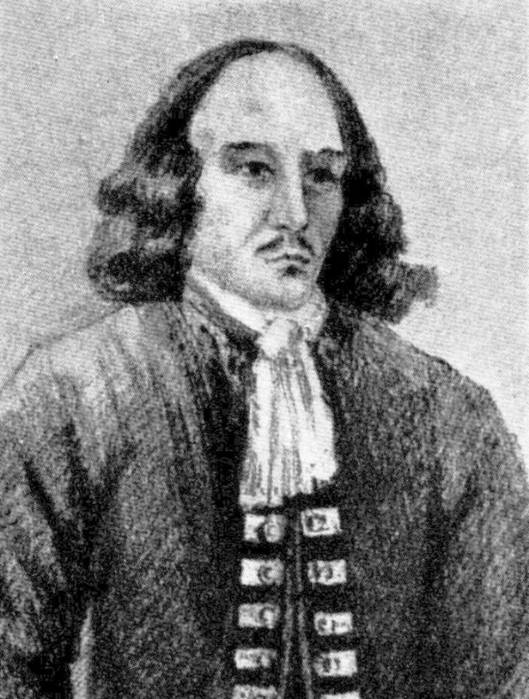
Rear Admiral Nils Ehrenschiöld
But in 1707, captive Swedish sailors held in Dorpat were given 7 pounds of fresh meat per person, 3 pounds of cow butter, 7 herring, “yes bread against Salda dachas” per person per week.
Prisoners engaged in construction work in St. Petersburg received a "bread salary" along with the Russian lower ranks: two quads of rye flour, a small quartet of cereals per person per month, and fodder money at 2 deng per person per day.
Of course, sometimes there were delays in the maintenance of money, noncomplete commanders and quartermasters could also arbitrarily cut back their "bread salary" or deliver low-quality products, but Russian soldiers and sailors were not immune from such abuses. A. V. Suvorov said that “after any 5 years of service, any quartermaster can be hanged without any trial.” And Catherine II, alluding to the “convenient opportunities” provided by her official position, answered once to the President of the military college, interceding for a poor officer:
As you can see, the theft by the subordinates was considered by the “mother-empress” to be ordinary and perfectly acceptable.
Swedish captives of "private individuals"
The situation of prisoners who found themselves “on different grounds with private individuals” also varied greatly. Some officers were fortunate enough to find teachers and tutors in Russian noble families. Some educated Swede was a teacher of the children of the boyar F. Golovin (Admiral General and Field Marshal). And Jacob Bruce later hinted that the stately fair-haired “Vikings”, in addition to studying with children, sometimes provided some other services to their mothers, who rarely saw their husbands officers or widows.
A certain captain Noreen, taken by the tutor of the sons of one of the Galich landowners, after the death of the head of the family, became the managing director of the estate and the guardian of orphans. He performed his duties exclusively honestly and with great benefit for the guardians, who loved him as a father and were very sad when, after the conclusion of peace, this captain left for Sweden.
One of the Swedes got a job as a servant to secret adviser A.I. Osterman (future vice chancellor and first cabinet minister). The senator J.F. Dolgoruky Swedes served as coachmen. In addition, Swedes were willingly hired by foreign merchants as servants.
Ordinary soldiers who came into families as simple servants, or were handed to them for lack of servitude, often fell into dependence on their masters, who soon began to treat them as serfs, and did not even want to let them go home after the conclusion of the Nystadt peace, which guaranteed the prisoners "release without any ransom. ”
Swedish prisoners in Russian service
Now let's talk about the "Carolina" who entered the Russian service: there were from 6 to 8 thousand of them.
Those of them who agreed to serve in the Russian army did not experience any discrimination and received a salary on a par with Russian colleagues.
According to Danish Ambassador Yu. Yuel, after the surrender of Riga, about 800 soldiers and officers signed up for Russian service. Among them were one major general (Ernst Albedul), one colonel, five lieutenant colonels, 19 majors, one commissar, 37 captains, 14 lieutenants, two ensigns, ten assessors. 110 Livonian noblemen and 77 civilian commanders also entered the Russian public service.
After the capture of Vyborg, more than 400 soldiers and officers joined the Russian army. Some soldiers of the army of Charles XII were part of the Yaitsky Cossack army and even took part in the unsuccessful Khiva campaign of Prince Bekovich-Bulatov (1714-1717).
Immediately after the Battle of Poltava (in early July 1709), some Swedish gunners agreed to go to the Russian side: at first 84, a little later - another 25. They were received literally with open arms, and some made a good career. Those of the gunners who did not want to serve in the Russian army were sent to work in the cannon yard. Six highly skilled craftsmen were sent to Armory the ward, where they were engaged in the repair of captured weapons and muskets.
"Government work"
Among the prisoners, "assigned to state institutions and the army," about 3000 were assigned to the "army and its needs," another 1000 to the fleet.
Quite a lot of prisoners of war were employed in construction work in various Russian cities. A large number of them worked in the Ural factories in Alapaevsk, Perm, Nevyansk, Solikamsk, Uzany, and some other cities. It is known that at the disposal of the Demidovs and the Stroganovs, three thousand people were sent who were “in charge of the craft” - 1500 of each “last name”. More than 2500 prisoners were assigned to weapons factories. It was difficult to call their position easy, a lot depended on the immediate bosses, because "God is high, the king is far away", and the clerk of Nikita Demidov is right there.
Among the prisoners, those who had at least some idea of ore mining and metallurgy were especially valued. “To the commander of the Ural and Siberian plants” V.N. Tatishchev was very lucky with a certain Shenstrom - the owner of his own ironworks in Sweden: he became an adviser and closest employee of a Russian official, and rendered him great help in organizing the metallurgical industry.
The Swedes who entered the state or military service, but remained Lutherans, were still considered foreigners. They could significantly facilitate further career advancement by adopting Orthodoxy and becoming Russian subjects, but in this case they lost the opportunity to return to their homeland.
“Swedish prisoners who have art in ore matters and in trading, and wish to go to the service of the sovereign” were eventually allowed to marry Russian girls without conversion to Orthodoxy (“Message from the Holy Synod to the Orthodox on unhindered marriage with non-Gentiles”). But their wives were forbidden to go into Lutheranism, and children from such marriages were required to become Orthodox. It was also forbidden to export wives and children to Sweden (Germany, Finland).
Swedes in Siberia and Tobolsk
The Siberian Governor General M.P. Gagarin was sympathetic to the captured Swedes.
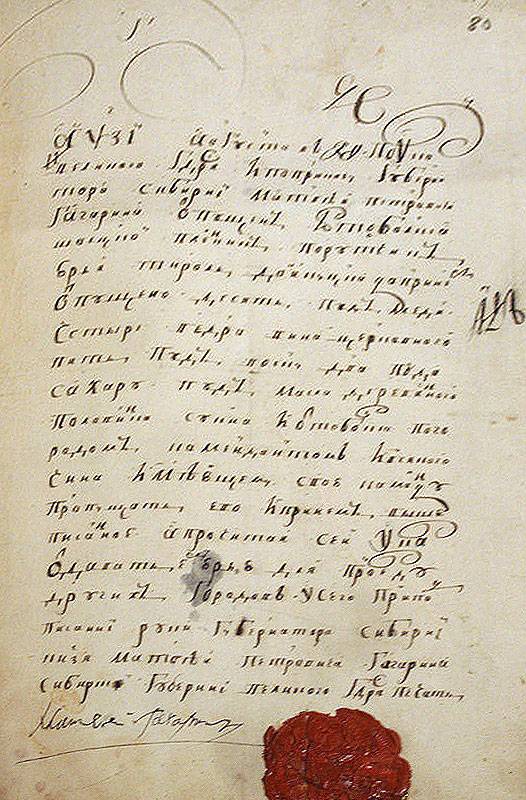
A road leaf issued in 1717 by the Siberian governor M. Gagarin to the Swedish captive lieutenant Yuri Tyrol, who was released from Tobolsk to deliver honey, church wine, wax, sugar, wood oil and cloth to Yakutsk
The Tobolsk colony of Swedes (in which there was one drabant Charles XII and thirteen captains, many junior officers) was the most organized and prosperous in Russia. This city was the only one where the Swedes built their own Lutheran church (in other cities they rented premises for worship). A certain pastor Laurs made a city clock in Tobolsk. In his notes on Russia, the Hanoverian envoy Friedrich Christian Weber reports on a lieutenant from Bremen who, “having lost his health in the frosty winter near Poltava and not knowing any craft, started a puppet comedy in Tobolsk, which flocks a lot of citizens who have never seen anything like it” . To the regimental doctor, Yakov Schulz, even from Tyumen and other Siberian cities came to see Tobolsk. Kurt Friedrich von Wrech opened a school in Tobolsk, in which both Russian and foreign students (adults and children) studied.
In Tobolsk, Swedish prisoners of war, led by Jagan, built the famous Rentery (treasury, the author of the project is S. Remezov), also known as the "Swedish chamber".
In 1714, Gagarin sent a group of prisoners of war to Okhotsk, where, having built ships, they were able to organize communication with Kamchatka via the waterway.
Cornet Lorenz Lang, who entered the Russian service (in the engineering corps) with the rank of lieutenant, went to China on official business 6 times and rose to the rank of vice-governor of Irkutsk. In this city, he founded the Naval School.
Captain Stralenberg was in Tobolsk from 1719-1724. took part in the Siberian expedition of Daniel Gottlieb Messerschmidt.
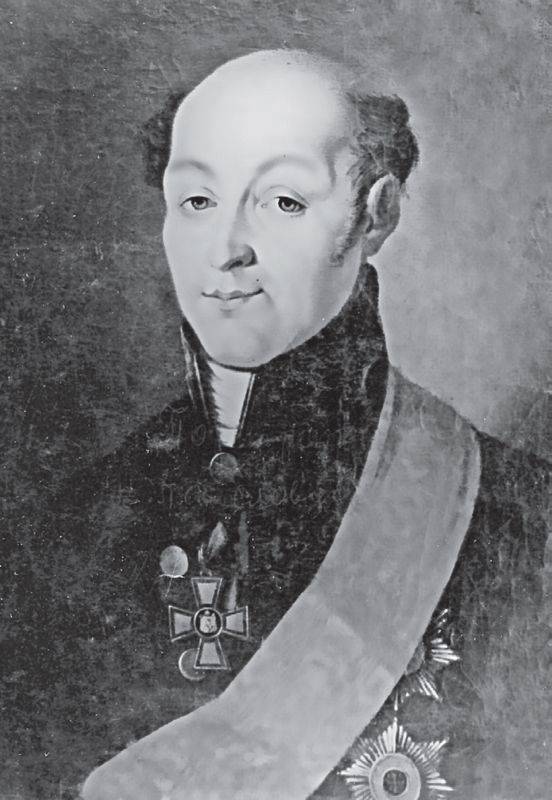
Philip Johann von Stralenberg
He was the first to put forward the assumption about the Ugric origin of the Bashkirs, wrote the book “Historical and Geographical Description of the Northern and Eastern Parts of Europe and Asia” and compiled a map of Russia and the Great Tatarstan.
M.P. Gagarin is the only one in Russia who dared to arm part of the captured Swedes, whom he enlisted in a special detachment, subordinated only to him alone. He also ignored the order banning stone construction issued in 1714.
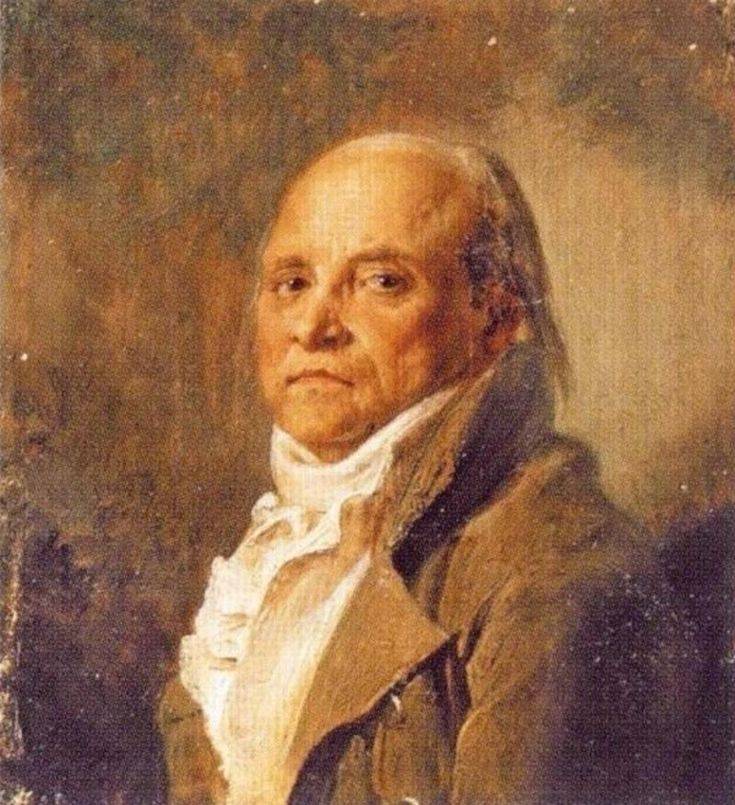
M.P. Gagarin
As a result, Gagarin was accused not only of bribery and embezzlement, but also of trying to separate Siberia from Russia. Two Swedish prisoners turned out to be so close to him that after the arrest of the omnipotent Siberian governor they went to jail - like his accomplices and accomplices (Gagarin himself was hanged in March 1721 under the windows of the justice collegium, and he was not forbidden to remove his corpse from the loop Seven months).
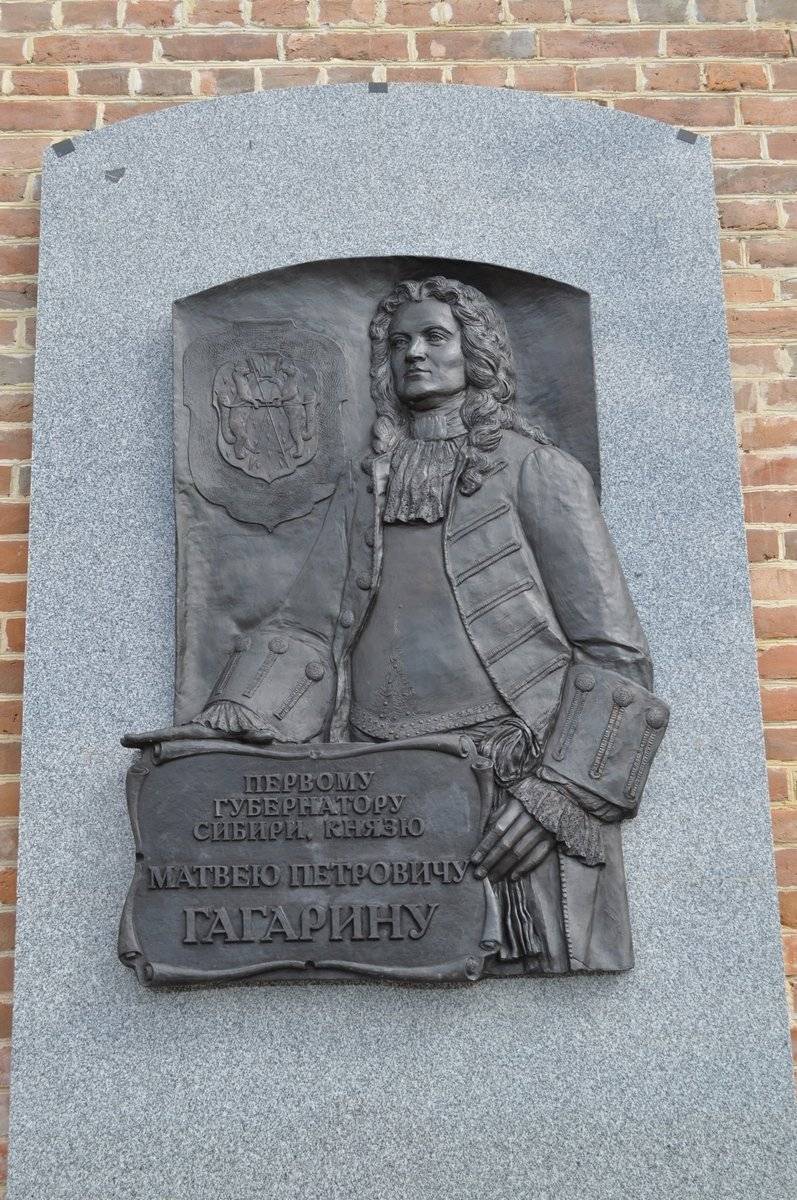
A romanticized portrait of M. P. Gagarin on a memorial plaque in Tobolsk: at least “bribe taker and embezzler”, but “your own”!
Swedish specialists "on a password"
Now let's talk a little about those prisoners who enjoyed limited freedom and lived their labor.
Some soldiers who possessed a “scarce” specialty were “on a password” (that is, released on parole) and lived freely in cities, practicing crafts, with the only restriction not to leave them for more than two or three versts without permission from the authorities. They made glasses, wigs and powder, carved snuffboxes and chess from wood and bone, jewelry, clothes and shoes.
I must say that many of the Swedish officers who were in Russian captivity also did not sit idle and succeeded in business.
For example, captain Georg Mullien was engaged in jewelry and painting, captain Friedrich Lyxton was engaged in the production of leather wallets, Cornet Bartold Ennes organized a wallpaper artel, captain Mule - a tobacco artel, Lieutenant Raport was engaged in brick production, captain Svenson - manufacture of wicks, which he bought from him. Russian treasury.
Peter Vilkin, who was the treasurer of Count Apraksin and the clerk of the English merchant Samuel Garzin, eventually took the “treasury” from the treasury and became the owner of a whole network of “free houses” (establishments where you could have “cultural rest” with a pipe and a glass of wine) in Moscow and Petersburg.
Playing cards and children's toys made by captured Swedes were in great demand in Russia.
It is curious that after the prisoners returned from Russia to Sweden, based on their stories, certain conclusions were made and future military officers were also taught certain “peaceful” specialties in military schools - so that, if captured, they would not depend on the grace of the enemy and could feed themselves.
Feldt Commissariat of Rönschild and Pieper
In Russian captivity, the ancient enemies of Rönschild and Piper reconciled and joined forces to help the Swedish prisoners, making a list of places of their resettlement. It turned out, for example, that soldiers and officers of various armies of Charles XII ended up in 75 settlements in various provinces of Russia.
Gradually, Rönschild and Pieper began to play the role of intermediaries between the State Council and the Swedish State Office and the Russian authorities. Trying to achieve justice, they sometimes reached Peter I, and the tsar often took their side, but of course he could not consider all cases of abuses of local officials.
Piper, being a very wealthy man, opened an account in the Hamburg office to help prisoners of war, where he contributed 24 thousand thalers from his own funds, and his wife in Sweden received a state loan and was able to bring this amount to 62 302 thalers.
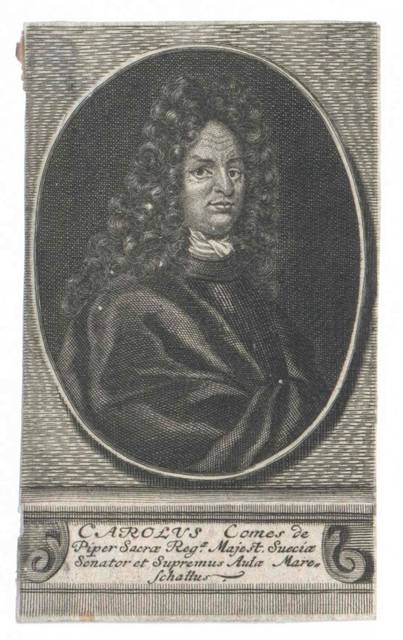
Karl Pieper
Rönschild in Moscow held an open table for the needy Swedish officers and gave them lectures on strategy and tactics.
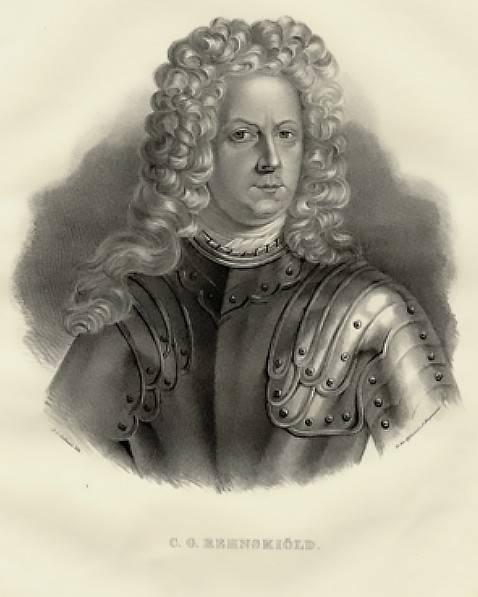
Karl Gustav Rönschild, lithograph by Axel Jacob Salmson
The care of Ronschild and Pieper about captured compatriots once led to their arrest: they vouched for four colonels who were released to Sweden, giving their word of honor to return after completing the necessary cases, but chose to stay at home.
After Pieper’s death and the departure of Rönschild, the field commissariat was led in turn by generals Levengaupt and Kreutz.
The fate of Swedish prisoners in Russia
The fates of the high-ranking captives of Peter I developed in different ways.
Cavalry Major General Volmar Anton Schlippenbach in 1712 accepted the offer to enter the Russian service: he began as Major General, rose to the rank of Lieutenant General, member of the Military Collegium and the Supreme Court.
Field Marshal Karl Gustav Rönschild in 1718 was exchanged for General A.M. Golovin, who was captured under Narva, in the Northern War he still managed to fight in Norway.
Infantry General Count Adam Ludwig Levengaupt died in Russia in 1719, was buried with military honors at the German cemetery in Lefortovo, in 1722 his remains were reburied in Sweden.
He died in Russia (in Shlisselburg) and the head of the field office of Charles XII Pieper - in 1716. Two years later, his body was reburied in Sweden.
Maximilian Emanuel, Duke of Württemberg-Vinental, Colonel and commander of the Skonsky Dragoon Regiment, close friend and ally of Charles XII, from 14 years old, who has always been close to him (not for nothing he was called the "Little Prince"), was released to his homeland, but fell ill in ways and died at the age of 20 years - September 25, 1709.
Six more Swedish generals were released after the conclusion of the Nystadt Peace in 1721.
Major General Carl Gustav Roos died in 1722 on his way home in the city of Obo (Abo).
The fate of the others turned out to be much more prosperous. Two of them rose to the rank of Field Marshal: these were Major General Berndt Otto Stackelberg, who later commanded the Swedish troops in Finland and received the title of Baron, and Major General Hugo Johan Hamilton.
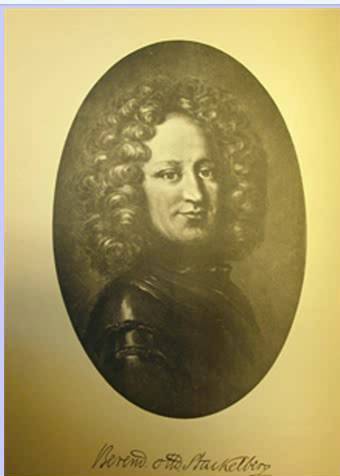
Berndt Otto Stackelberg
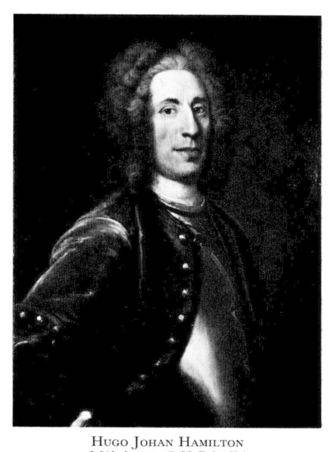
Hugo Johan Hamilton
Two more resigned as generals from the cavalry: Major General Karl Gustav Kruse (whose only son died in the Battle of Poltava) and Karl Gustaf Kreutz.
Quartermaster General Axel Gyllencrock after returning to his homeland received the rank of lieutenant general and the appointment of commandant of Gothenburg and the land of Bohus, and later the title of baron.
After the start of peace negotiations with Sweden (even before the official signing of the Nistadt Treaty), all Swedish prisoners were released, those who expressed a desire to stay in Russia were given a mortgage loan, the rest later received assistance in returning to their homeland.
Of the 23 thousand people captured at Poltava and Perevolnaya, about 4 thousand soldiers and officers returned to Sweden (different authors call the figure from 3500 to 5000). No need to think that everyone else died in Russian captivity. Some of them simply were not Swedes and left for other countries. Many remained in Russia forever, enrolling in public service. Others started families and did not dare to part with their wives and children. Of the thousands of Swedes stationed in Tobolsk, 400 people wanted to stay in this city.
In the next article we will talk about the end of the Northern War.
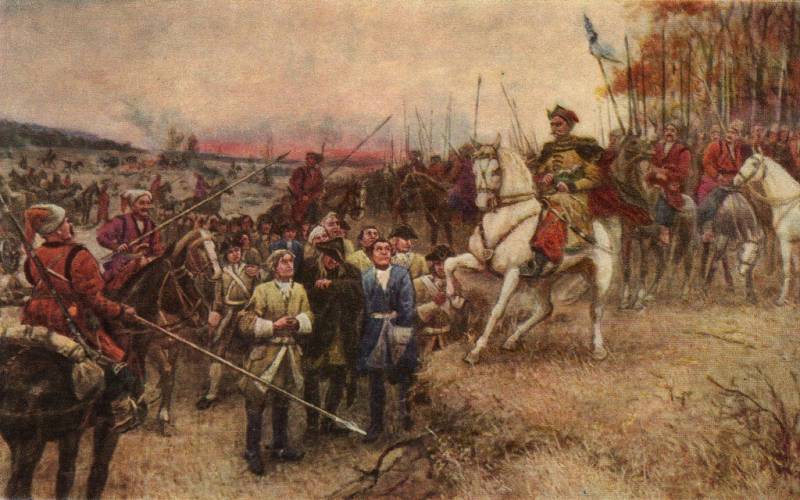
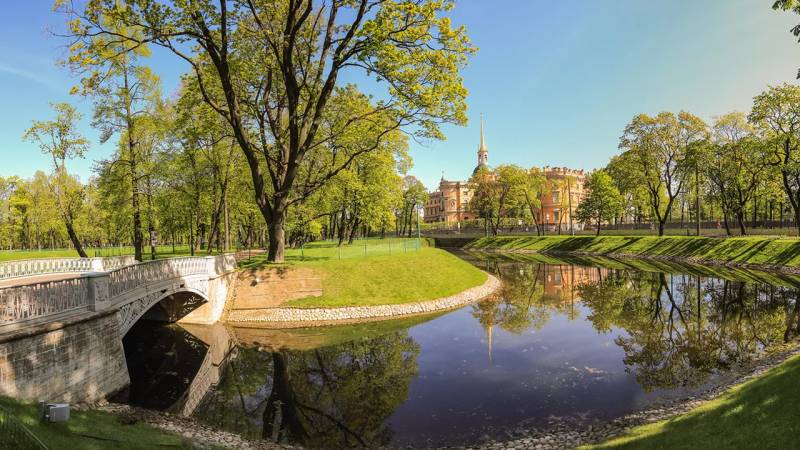
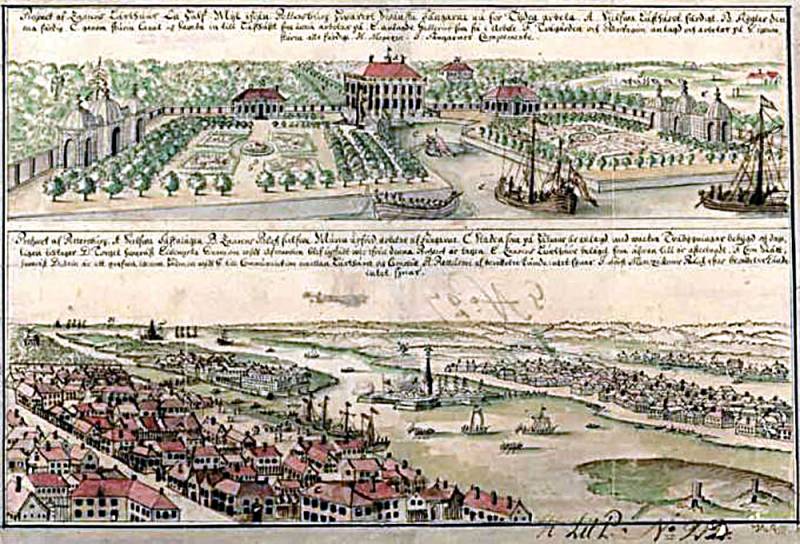
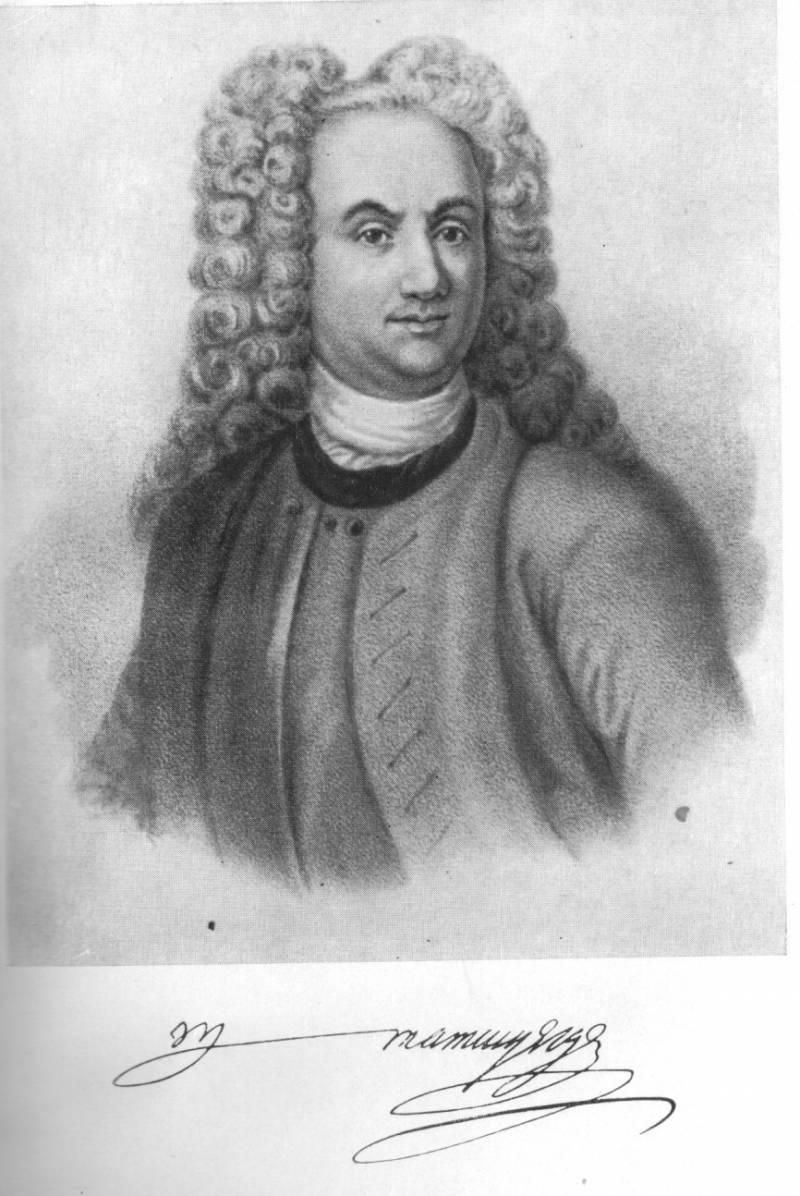
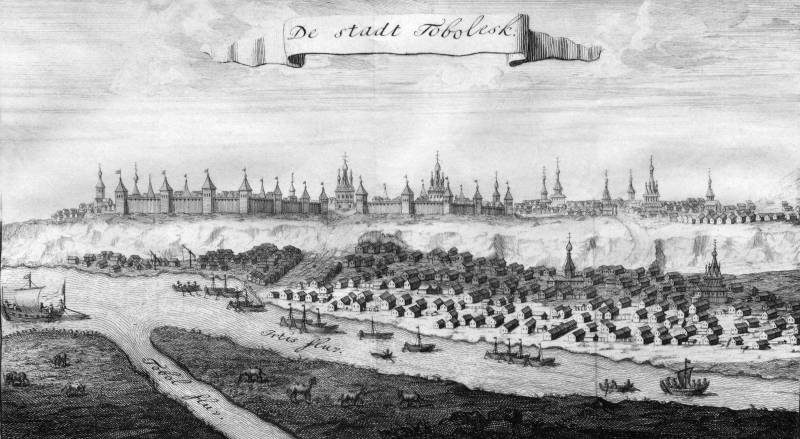
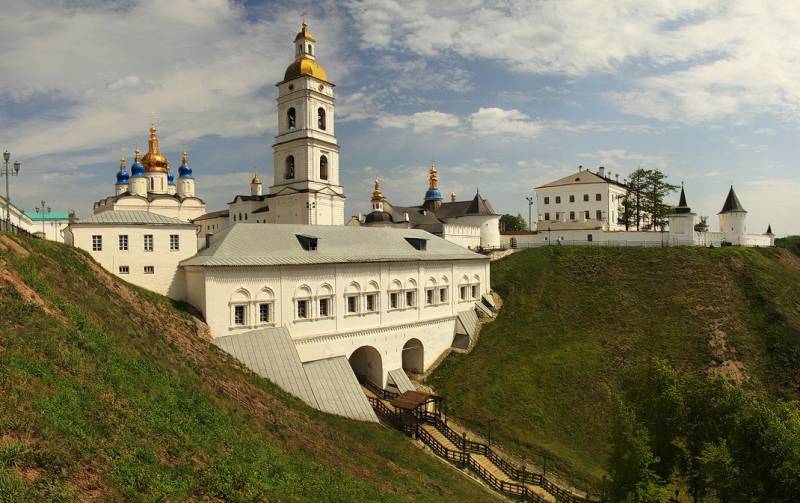
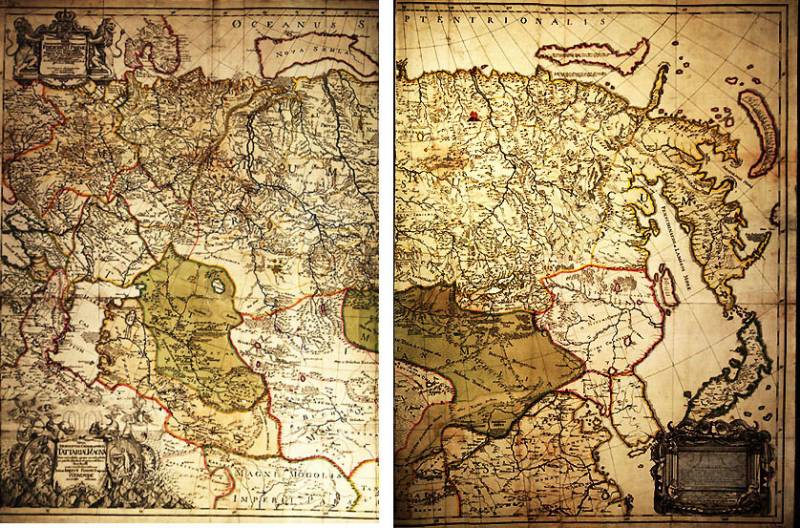
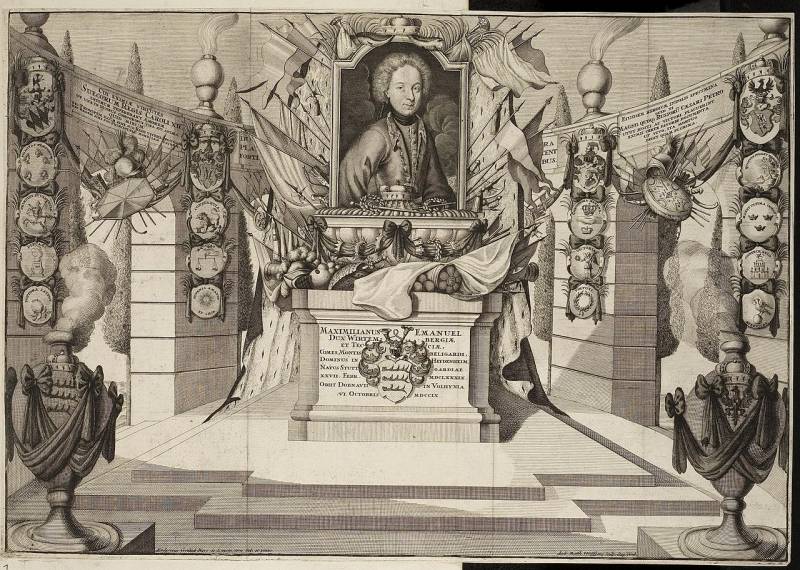
Information